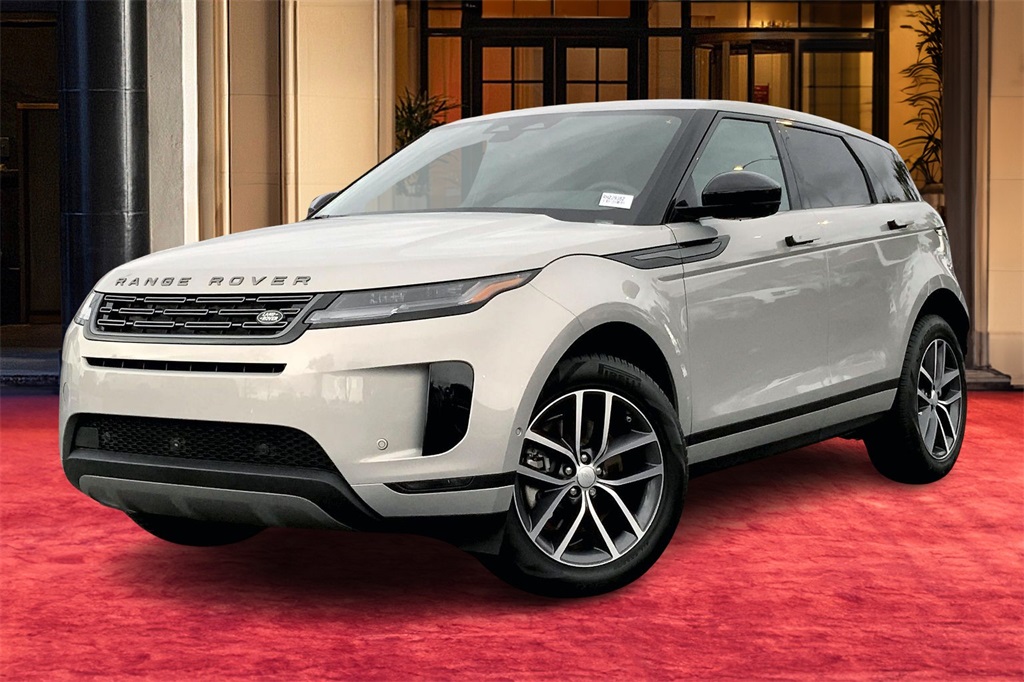Vehicle maintenance represents one of the most significant ongoing costs of car ownership, extending far beyond the initial purchase price. The frequency and complexity of required services can dramatically impact both your wallet and your time, making maintenance schedules a crucial factor when selecting your next vehicle.
While some manufacturers have engineered their vehicles with extended service intervals and simplified maintenance requirements, others demand more frequent attention to keep their systems operating optimally.
The automotive world reveals a clear divide between vehicles designed for convenience and those requiring more intensive care. Manufacturers like Toyota, Honda, and Mazda have built reputations around creating vehicles that can go longer between services while maintaining reliability.
These brands typically feature 10,000-mile oil change intervals, longer-lasting components, and straightforward maintenance procedures that can often be performed at any qualified service center.
Conversely, certain luxury European brands and high-performance vehicles often require specialized care, frequent fluid changes, and complex diagnostic procedures that can only be performed at authorized dealerships.
These vehicles may demand service every 3,000-5,000 miles, utilize expensive synthetic fluids, and require specialized tools and training for proper maintenance.
Understanding these differences before purchase can save thousands of dollars and countless hours over the vehicle’s lifespan, making maintenance convenience a critical consideration for practical car buyers.
5 Vehicles With Convenient Service Intervals
These owner-friendly vehicles feature extended maintenance schedules with 10,000-mile oil changes, long-lasting filters, and durable components that minimize service frequency while maintaining optimal performance and reliability throughout extended ownership periods.
Their advanced engineering incorporates high-quality synthetic lubricants, robust filtration systems, and precisely manufactured parts that resist wear and contamination under normal driving conditions.
The combination of intelligent service monitoring, quality materials, and conservative engineering margins means owners enjoy months between required visits while maintaining warranty compliance and vehicle dependability.
From reliable sedans with proven powertrains to well-engineered crossovers with maintenance-free components, these vehicles respect owners’ time and budgets through thoughtful design that prioritizes convenience without compromising long-term durability or performance standards.
1. Toyota Camry
The Toyota Camry stands as a paragon of maintenance convenience, representing decades of engineering focused on reliability and owner-friendly service requirements.
Toyota recommends taking your vehicle to a service center for routine maintenance once every six months or 5,000 miles, though many Camry models can extend oil changes to 10,000 miles when using full synthetic oil, significantly reducing the frequency of routine visits.
The Camry’s maintenance schedule is refreshingly straightforward, with major services occurring at predictable 30,000, 60,000, and 90,000-mile intervals.
Oil changes represent the most frequent requirement, but the engine’s tolerance for various oil types means owners aren’t locked into expensive synthetic formulations unless they choose extended intervals.
The air filter typically lasts 30,000 miles, while the cabin filter requires replacement every 20,000 miles, both easily accessible components that don’t require extensive disassembly.
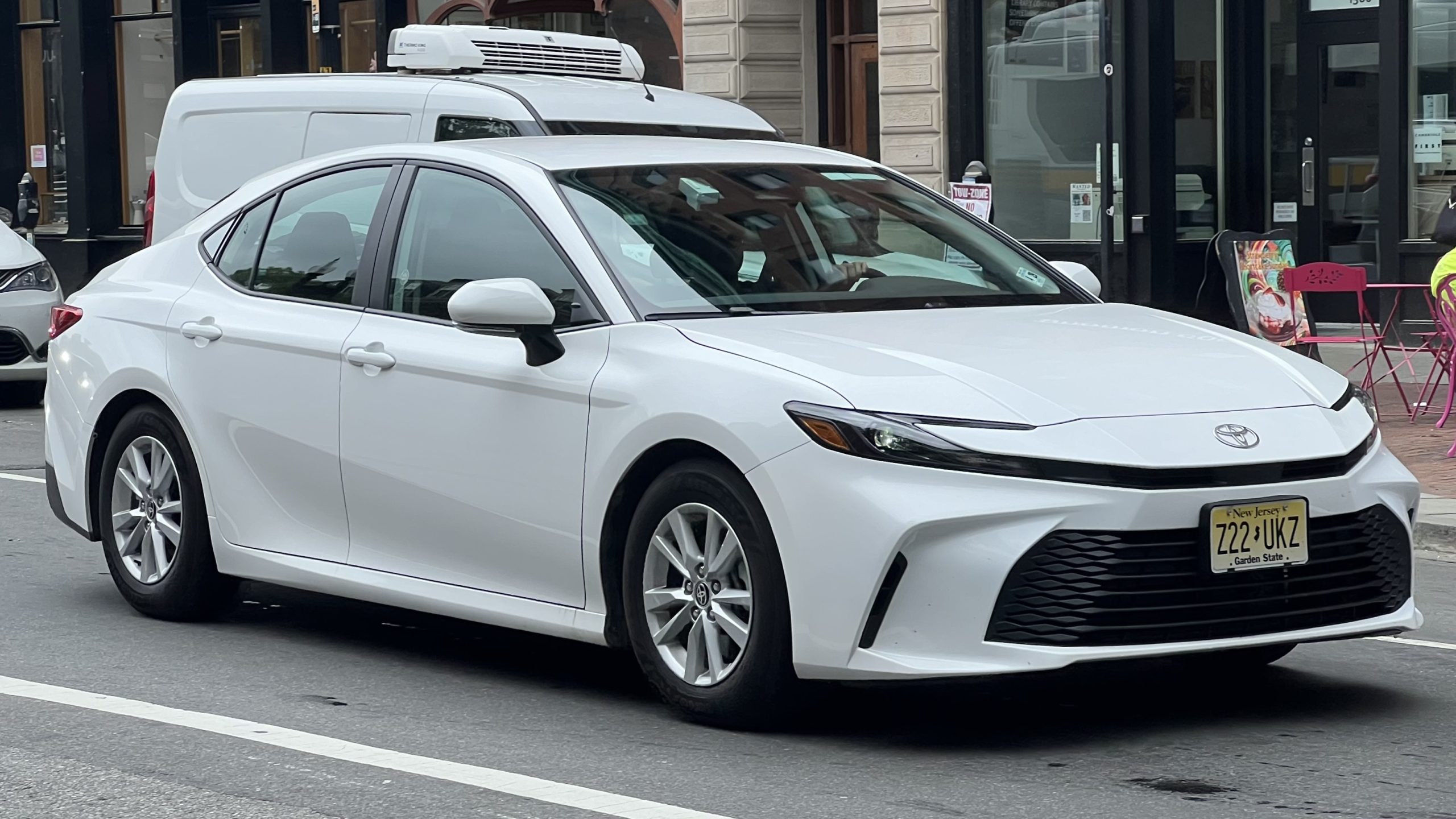
Brake maintenance on the Camry proves equally convenient, with brake pads typically lasting 50,000-70,000 miles under normal driving conditions.
The brake fluid requires replacement every 36,000 miles, a reasonable interval that aligns with other major service points. Transmission maintenance involves a simple fluid change every 100,000 miles for automatic models, while manual transmissions can often exceed this interval.
The Camry’s widespread popularity means parts availability is excellent and costs remain reasonable. Independent mechanics can service virtually every aspect of the vehicle without specialized tools or proprietary diagnostic equipment.
Even major components like timing chains are designed for longevity, typically lasting the vehicle’s lifetime without replacement. This combination of extended intervals, simple procedures, and universal serviceability makes the Camry an exemplary choice for maintenance-conscious buyers.
2. Honda Civic
Honda’s Civic delivers exceptional maintenance convenience through intelligent engineering and owner-centric design philosophy. The vehicle follows Honda’s maintenance minder system, which uses sensors and algorithms to determine service needs based on actual driving conditions rather than arbitrary mileage intervals.
This system typically extends oil changes to 7,500-10,000 miles under normal conditions, reducing annual service frequency significantly. The Civic’s engine design prioritizes accessibility, with oil filters, air filters, and other serviceable components positioned for easy access.
Spark plugs last an impressive 100,000 miles thanks to iridium construction, eliminating this traditional maintenance point for most owners. The timing chain design eliminates the need for timing belt replacement, a major maintenance expense that affects many competing vehicles around 60,000-100,000 miles.
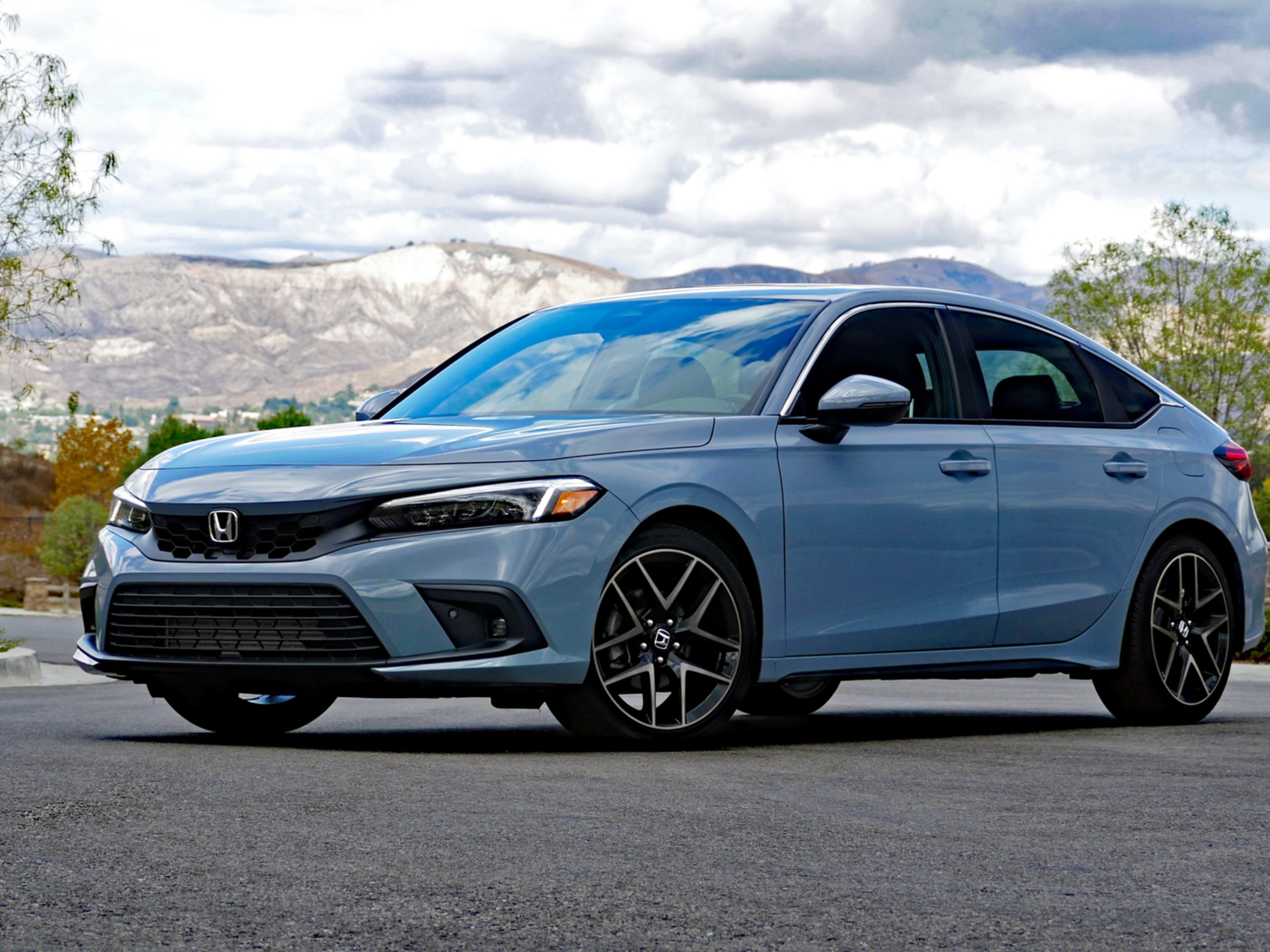
Transmission maintenance proves minimal, with Honda’s continuously variable transmission (CVT) requiring fluid changes only every 100,000 miles under normal conditions.
The brake system utilizes standard components readily available from multiple suppliers, keeping replacement costs reasonable. Brake pads typically provide 40,000-60,000 miles of service, with rotors often lasting through multiple pad changes.
The Civic’s maintenance requirements align well with owner convenience, clustering services at logical intervals. The 30,000-mile service includes air filter, cabin filter, and brake fluid replacement, while the 60,000-mile service adds transmission fluid and coolant system attention.
Parts costs remain competitive thanks to Honda’s popular platform sharing across multiple models, ensuring wide availability and reasonable pricing for both genuine and aftermarket components.
3. Mazda CX-5
Mazda’s CX-5 exemplifies modern maintenance convenience through its SkyActiv technology platform, designed to maximize component longevity while minimizing service complexity.
The vehicle’s oil change intervals extend to 10,000 miles when using full synthetic oil, supported by an oil life monitoring system that accounts for driving conditions and habits. This extended interval significantly reduces annual maintenance frequency compared to traditional SUVs.
The CX-5’s engine compartment layout prioritizes technician accessibility, with filters, fluids, and serviceable components positioned for efficient maintenance.
The air intake system utilizes a straightforward design with easily replaceable filters lasting 30,000 miles. Spark plugs benefit from iridium construction, providing 75,000-mile service life that eliminates multiple replacement cycles. The timing chain design eliminates belt replacement requirements, removing a significant maintenance expense from the ownership equation.

Brake system maintenance proves equally convenient, with the CX-5’s regenerative braking system reducing pad wear significantly. Front brake pads typically provide 50,000-70,000 miles of service, while rear pads often exceed 80,000 miles.
The brake fluid replacement interval of 24,000 miles aligns with other major service points, allowing efficient service clustering. Transmission maintenance involves simple fluid changes every 60,000 miles, using readily available automatic transmission fluid.
Mazda’s approach to maintenance scheduling emphasizes owner convenience through logical service groupings. The comprehensive 30,000-mile service addresses multiple systems simultaneously, while the 60,000-mile service focuses on fluid replacements and component inspections.
Parts availability has improved dramatically as Mazda’s market share has grown, with many components shared across the manufacturer’s lineup, ensuring reasonable costs and wide availability through both dealers and independent suppliers.
4. Subaru Outback
The Subaru Outback delivers maintenance convenience through robust engineering and sensible service intervals, despite its complex all-wheel-drive system.
Oil changes occur every 6,000 miles under normal conditions, or up to 10,000 miles with full synthetic oil and highway driving. The oil life monitoring system provides guidance based on actual driving conditions, helping owners optimize service timing while maintaining engine protection.
Subaru’s horizontally opposed engine design, while unique, doesn’t complicate routine maintenance significantly. Oil filters remain accessible, and the engine’s low center of gravity improves service access in many areas.
Air filters last 30,000 miles, while cabin filters require replacement every 12,000 miles, both straightforward procedures requiring no special tools. Spark plugs utilize long-life iridium construction, providing 60,000-mile service intervals that reduce maintenance frequency.
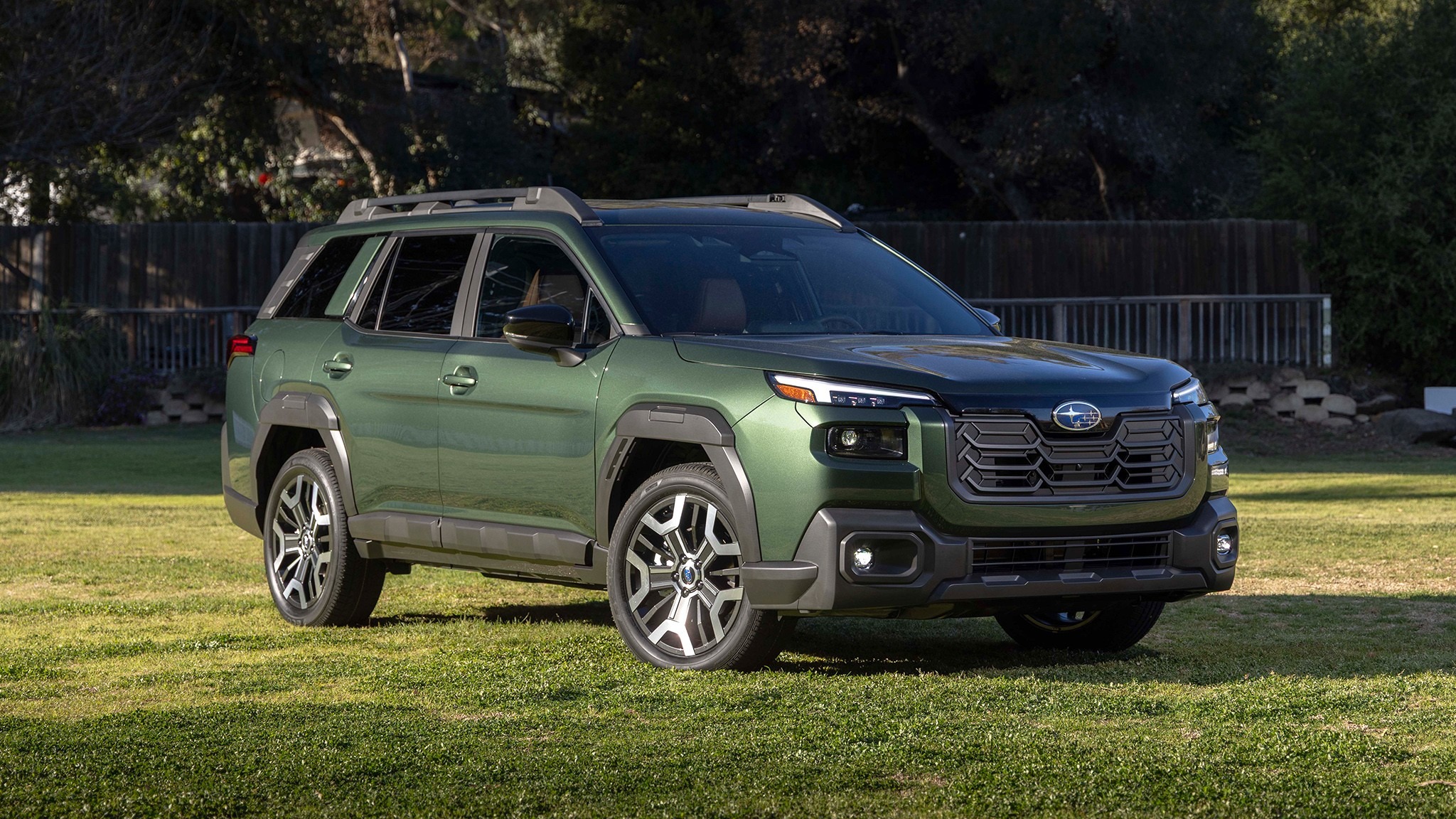
The Outback’s all-wheel-drive system, often a maintenance concern for buyers, proves remarkably trouble-free. The differential fluid requires changes every 30,000 miles, a reasonable interval that aligns with other major services.
The continuously variable transmission (CVT) uses long-life fluid changed every 100,000 miles, significantly extending service intervals compared to traditional automatics. The cooling system utilizes long-life coolant with 100,000-mile replacement intervals.
Brake maintenance benefits from the all-wheel-drive system’s ability to provide engine braking on all four wheels, extending pad life significantly. Front pads typically last 40,000-60,000 miles, while rear pads often exceed 70,000 miles.
The brake fluid follows a 24,000-mile replacement schedule, reasonable for a vehicle designed for adventurous driving. Parts availability has improved as Subaru’s popularity has grown, with many consumable items available from multiple suppliers at competitive prices.
Also Read: 5 Vehicles With Smooth Sunroof Action vs 5 With Leaky Roofs
5. Lexus ES 350
The Lexus ES 350 represents luxury maintenance convenience, combining premium features with Toyota’s proven reliability engineering. All new Lexus models come with free maintenance for the first two scheduled visits.
This covers maintenance at six months or 5,000 miles and 12 months or 10,000 miles, providing initial ownership value while establishing the service rhythm.
Subsequently, Lexus recommends that you take your Lexus vehicle to a Lexus service center every 5000 miles or 6 months, though oil change intervals can extend to 10,000 miles with full synthetic oil.
The ES 350’s V6 engine utilizes proven Toyota technology with luxury refinements, maintaining the reliability and service convenience of the Camry platform while adding premium touches.
Oil changes represent the primary recurring maintenance, with easy filter access and standard drain plug positioning. The air intake system uses easily serviceable filters lasting 30,000 miles, while the cabin air filter requires replacement every 10,000 miles, both accessible without extensive disassembly.
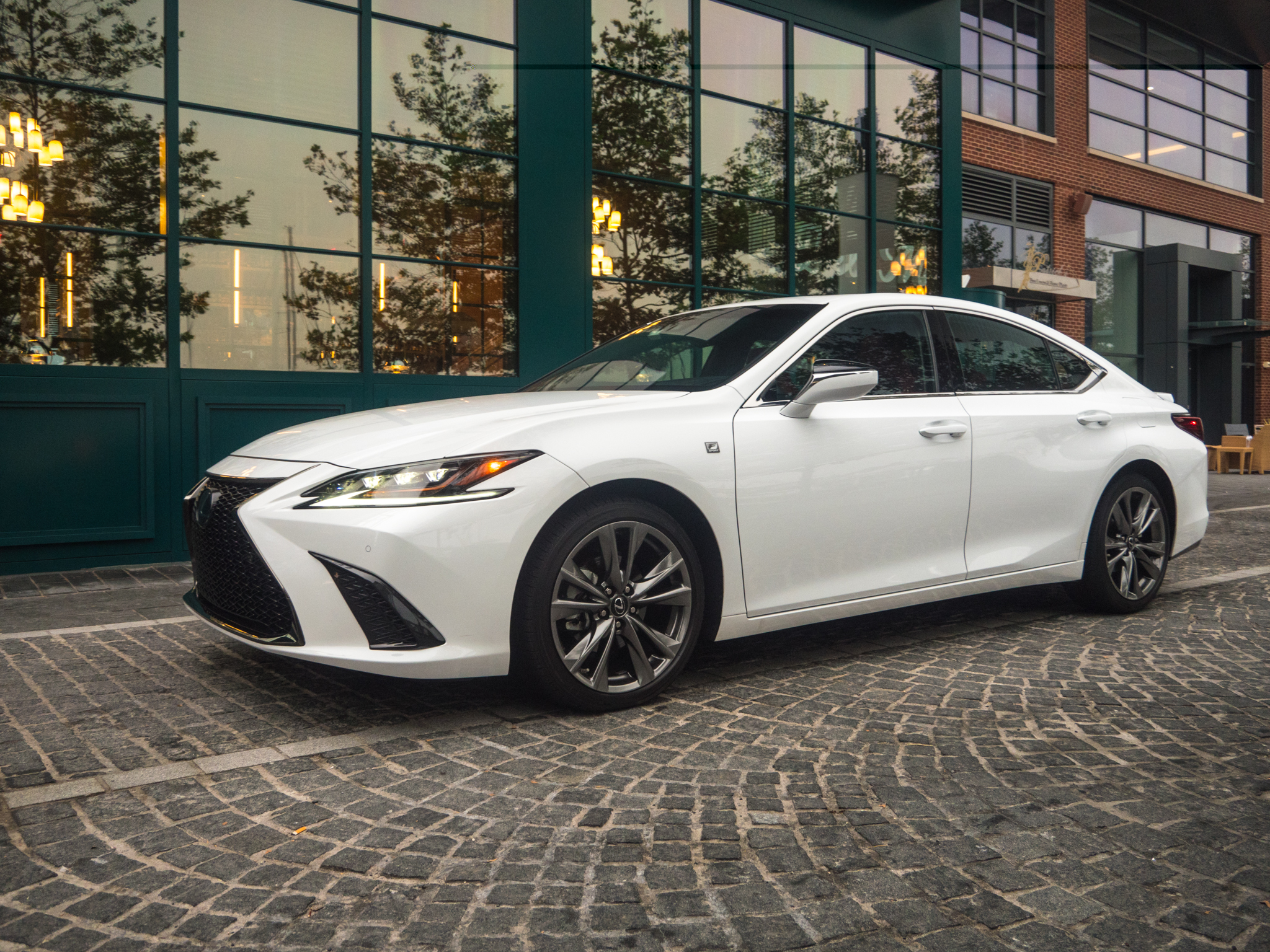
Brake system maintenance reflects the vehicle’s luxury positioning while maintaining convenience. The brake pads utilize premium materials that typically provide 50,000-60,000 miles of service, with rotors designed for longevity.
Brake fluid replacement occurs every 36,000 miles, aligning with other major service intervals. The transmission system uses long-life fluid with 100,000-mile change intervals, reducing lifetime maintenance requirements significantly.
The average annual repair cost for all Lexus models is $551 per year. compared to $652 across all models, indicating that despite its luxury positioning, the ES 350 maintains reasonable long-term costs.
The vehicle’s maintenance schedule clusters services logically, with comprehensive inspections at 30,000, 60,000, and 90,000-mile intervals. Parts costs remain reasonable due to platform sharing with Toyota models, while the extensive dealer network ensures service availability nationwide.
The combination of extended intervals, proven reliability, and reasonable costs makes the ES 350 an excellent choice for luxury buyers seeking maintenance convenience.
5 Vehicles With Frequent Maintenance Needs
These demanding vehicles burden owners with aggressive service schedules requiring oil changes every 3,000-5,000 miles, frequent filter replacements, and regular component inspections that create constant maintenance cycles and ongoing ownership expenses.
Their complex systems incorporate sensitive components, tight tolerances, and specialized fluids that degrade quickly under normal operating conditions, necessitating frequent professional attention to prevent premature failures.
The combination of short service intervals, expensive synthetic requirements, and multiple fluid changes creates ongoing ownership costs that significantly exceed typical maintenance budgets.
From high-performance engines with exotic materials to luxury vehicles with complex systems, these cars transform routine ownership into expensive, time-consuming commitments that demand constant attention and professional service to maintain reliability and avoid costly repairs.
1. BMW 3 Series
The BMW 3 Series, while offering exceptional driving dynamics and luxury features, demands significantly more maintenance attention than mainstream alternatives.
BMW’s condition-based service (CBS) system monitors various parameters to determine service needs, but even with this advanced system, oil changes typically occur every 10,000-15,000 miles, requiring expensive, fully synthetic oil meeting BMW’s strict specifications.
The high-performance nature of BMW engines demands premium lubricants and precise service timing to maintain warranty coverage and optimal performance.
The 3 Series utilizes complex systems that require specialized diagnostic equipment and trained technicians for proper service. The direct injection system, while providing excellent performance and efficiency, requires periodic carbon cleaning services not found on traditional port-injected engines.
This service, typically needed every 40,000-60,000 miles, can cost $500-800 and requires specialized equipment available only at BMW dealerships or specialized independent shops.
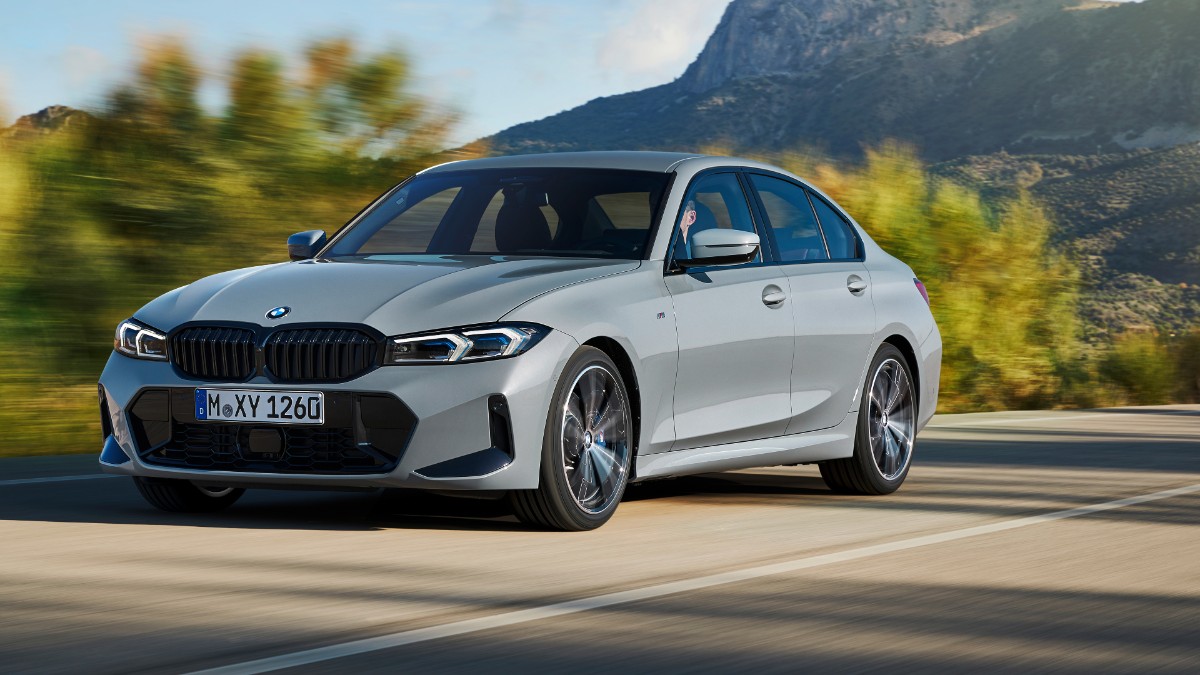
Brake system maintenance proves more demanding than in mainstream vehicles due to performance-oriented components and aggressive pad compounds.
Brake pads may require replacement every 25,000-40,000 miles, depending on driving style, with rotors often requiring replacement simultaneously due to their performance specifications.
The brake fluid requires replacement every 24,000 miles with BMW-specific fluid, adding to maintenance complexity and cost. The cooling system utilizes BMW-specific coolant with shorter replacement intervals than conventional systems.
The vehicle’s sophisticated electronics and numerous control modules require regular software updates and diagnostic attention. The battery, typically lasting only 3-4 years due to the high electrical demands, requires programming when replaced, a procedure requiring dealer-level diagnostic equipment.
Suspension components, while providing excellent handling, tend to wear more quickly than conventional systems, with control arm bushings, ball joints, and shock absorbers requiring attention between 60,000-80,000 miles.
These factors combine to create a maintenance schedule that demands frequent attention and significant financial investment to maintain the vehicle’s performance and reliability standards.
2. Range Rover Evoque
The Range Rover Evoque presents a complex maintenance world that reflects its sophisticated engineering and luxury positioning. The turbocharged engine requires premium synthetic oil changes every 10,000 miles, but the high-stress operating environment often necessitates more frequent changes to maintain optimal performance.
The direct injection system requires periodic cleaning services to remove carbon deposits, typically needed every 30,000-40,000 miles, a procedure that can cost $600-1,000 at authorized service centers.
The Evoque’s advanced all-wheel-drive system incorporates multiple differentials and transfer cases, each requiring specific fluid types and replacement intervals.
The rear differential requires service every 38,000 miles, while the transfer case needs attention every 150,000 miles, but the complexity of these systems often reveals issues requiring earlier intervention.
The nine-speed automatic transmission, while smooth in operation, requires specific fluid changes every 60,000 miles using expensive Land Rover-specified lubricants.

Suspension system maintenance proves particularly demanding due to the Evoque’s sophisticated multi-link setup and optional air suspension system.
Air suspension models require replacement of air springs and compressor components between 60,000-100,000 miles, with individual air springs costing $800-1,200 each.
Even conventional suspension models utilize complex geometry requiring precise alignment specifications and frequent inspection of numerous bushings, ball joints, and control arms.
The vehicle’s numerous electronic systems require regular software updates and diagnostic attention that typically can only be performed at Land Rover dealerships.
The infotainment system, while advanced, occasionally requires complete module replacement due to software corruption issues. Climate control systems utilize refrigerants and components that require specialized handling and frequent attention.
The panoramic sunroof system, a popular option, requires regular drain cleaning and seal maintenance to prevent water intrusion issues. These factors combine to create a maintenance schedule that demands frequent dealer visits and substantial financial investment throughout the ownership period.
3. Audi A4
The Audi A4 exemplifies German engineering excellence while presenting owners with a comprehensive and expensive maintenance schedule. The turbocharged engines require oil changes every 10,000 miles using expensive Audi-approved synthetic oil meeting specific viscosity and additive requirements.
The direct injection system necessitates carbon cleaning services every 40,000-50,000 miles, a procedure costing $400-700 that requires specialized equipment typically available only at Audi dealerships or specialized European auto shops.
Audi’s Quattro all-wheel-drive system, while providing excellent traction and handling, incorporates multiple differentials requiring specific fluid types and service intervals.
The center differential requires service every 40,000 miles, while the rear differential needs attention every 80,000 miles, using expensive Audi-specific lubricants.
The dual-clutch transmission (S tronic), available on many models, requires fluid and filter changes every 40,000 miles, a complex procedure requiring specialized diagnostic equipment to perform properly.
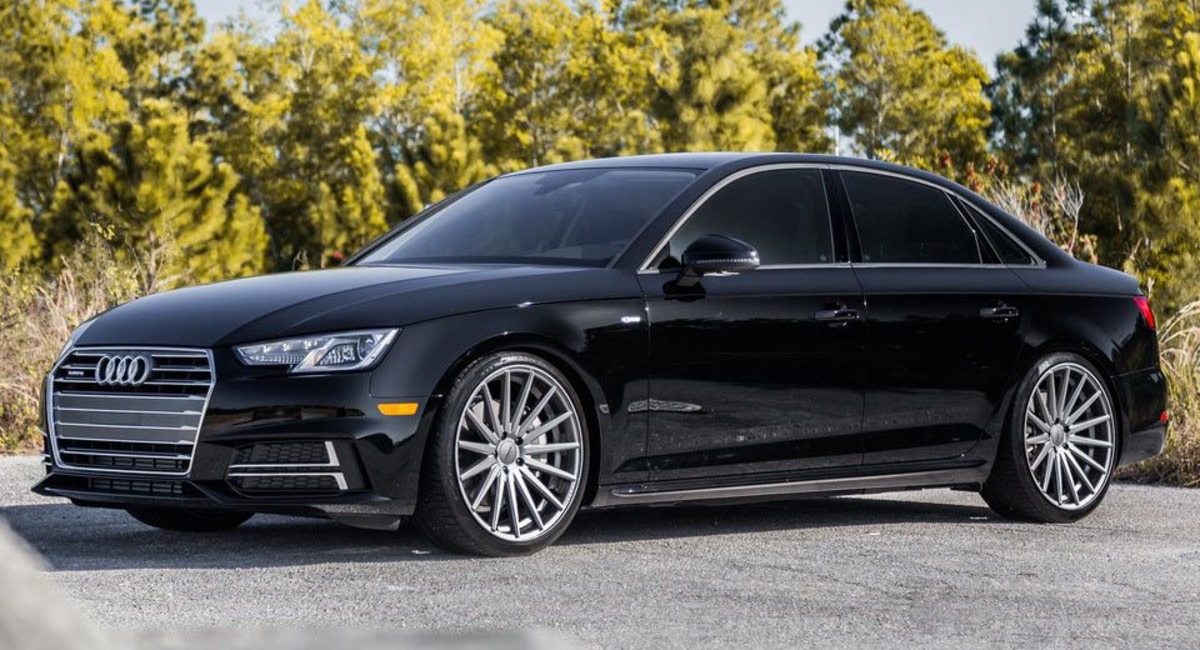
The A4’s advanced suspension systems, including options like Audi Drive Select and magnetic ride dampers, require frequent inspection and maintenance of numerous components.
Control arm bushings typically require replacement between 60,000-80,000 miles, while ball joints and tie rod ends need attention around the same interval.
The vehicle’s sophisticated alignment requirements necessitate precise adjustments using specialized equipment, making routine alignment services more expensive than conventional vehicles.
Electronic system maintenance proves extensive due to the A4’s numerous control modules and advanced features. The MMI infotainment system requires periodic software updates that can only be performed at Audi dealerships.
The adaptive lighting system utilizes expensive xenon or LED modules that may require replacement outside warranty coverage. Climate control systems incorporate multiple temperature sensors and actuators that frequently require calibration or replacement.
The timing chain system, while theoretically maintenance-free, often requires tensioner replacement between 80,000-120,000 miles, a procedure costing $2,000-3,000 due to the extensive disassembly required to access internal engine components.
4. Mercedes-Benz C-Class
The Mercedes-Benz C-Class represents sophisticated German engineering that demands equally sophisticated maintenance attention throughout its ownership lifecycle.
The Service A and Service B maintenance schedule requires visits every 10,000 miles or annually, whichever comes first, with Service A focusing on basic maintenance and Service B incorporating more comprehensive inspections and services.
The turbocharged engines require expensive Mercedes-approved synthetic oil meeting MB 229.5 or 229.51 specifications, with oil changes alone costing $200-300 at authorized service centers.
The C-Class utilizes complex direct injection technology requiring periodic intake valve cleaning services not found on traditional port-injected engines.
This carbon cleaning service, typically needed every 40,000-60,000 miles, costs $500-800 and requires specialized equipment and training available primarily at Mercedes-Benz dealerships.
The air mass sensor, critical for proper engine operation, frequently requires replacement between 60,000-80,000 miles, while the crankcase breather system often needs attention around the same interval.
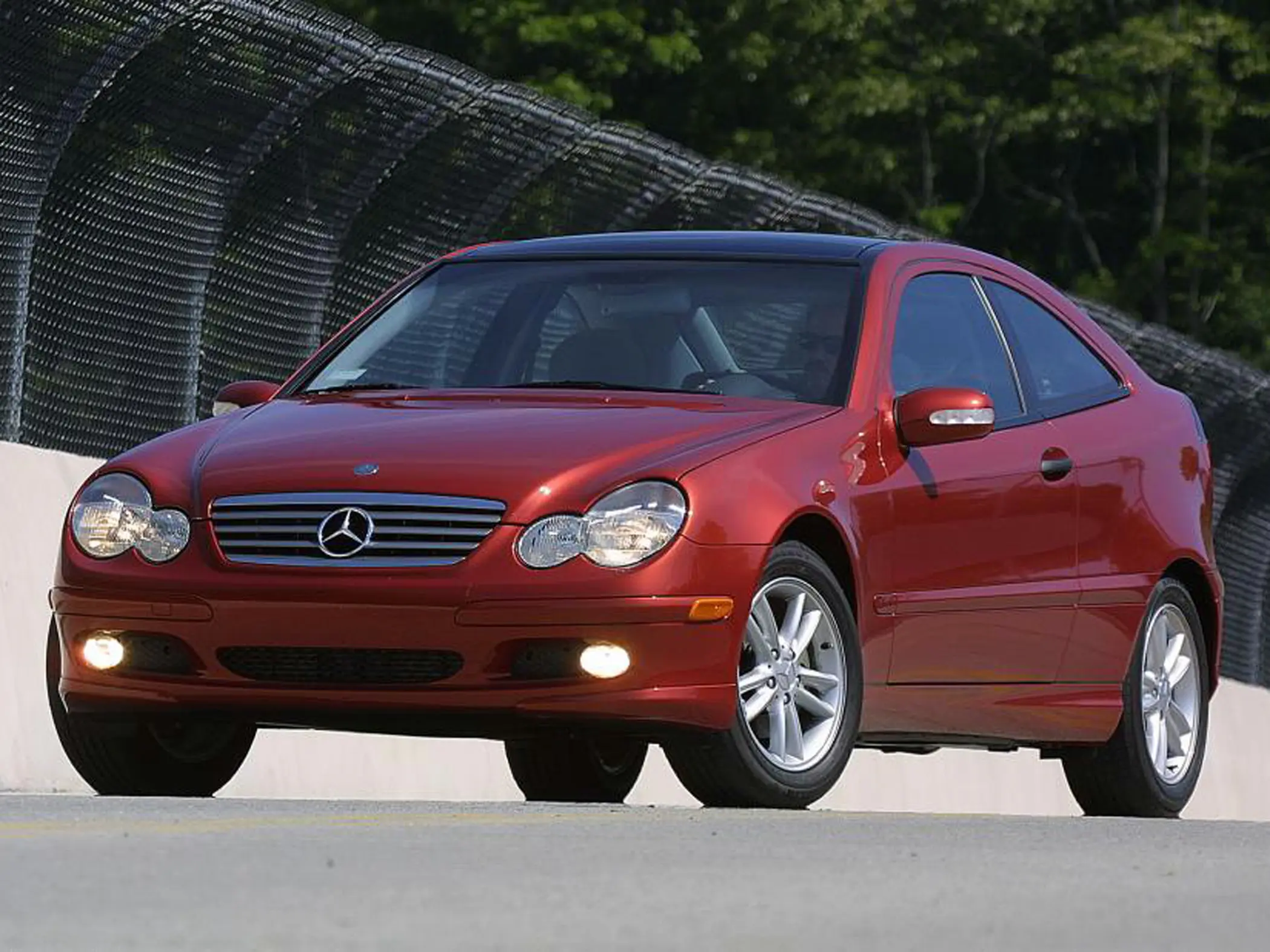
Transmission maintenance varies significantly depending on the specific C-Class model, with the 7G-Tronic and 9G-Tronic automatic transmissions requiring fluid and filter changes every 80,000 miles using expensive Mercedes-specific ATF.
The dual-clutch AMG models demand even more frequent attention, with clutch pack replacements potentially needed between 60,000-100,000 miles depending on driving style, a repair that can exceed $4,000 in cost.
The vehicle’s Airmatic suspension system, available on many models, requires replacement of air springs and associated components between 80,000-120,000 miles, with individual air springs costing $600-1,000 each.
Even conventional suspension models utilize numerous bushings, ball joints, and control arms that require frequent inspection and replacement. The brake system incorporates performance-oriented components requiring more frequent pad and rotor replacement than mainstream vehicles, typically every 30,000-50,000 miles, depending on driving conditions.
Electronic system complexity necessitates regular diagnostic attention, with numerous control modules requiring periodic software updates and calibration procedures that can only be performed using Mercedes-specific diagnostic equipment.
5. Volvo XC90
The Volvo XC90, despite its reputation for safety and reliability, presents owners with a maintenance schedule that reflects its sophisticated Swedish engineering and numerous advanced systems.
The turbocharged and supercharged engines require oil changes every 10,000 miles using expensive synthetic oil meeting Volvo’s VCC specifications, with the dual-charging system creating additional complexity requiring specialized diagnostic attention.
The direct injection system necessitates periodic carbon cleaning services every 50,000-70,000 miles, a procedure that can cost $600-900 at authorized Volvo service centers.
The XC90’s advanced all-wheel-drive system incorporates an electronically controlled coupling and multiple differentials, requiring specific fluid types and service intervals.
The rear axle requires service every 31,000 miles, while the all-wheel-drive coupling needs attention every 52,000 miles, using expensive Volvo-specific lubricants that can cost $100-150 per quart.
The eight-speed automatic transmission requires fluid changes every 60,000 miles, but the complex adaptive learning system often necessitates additional programming procedures during service.
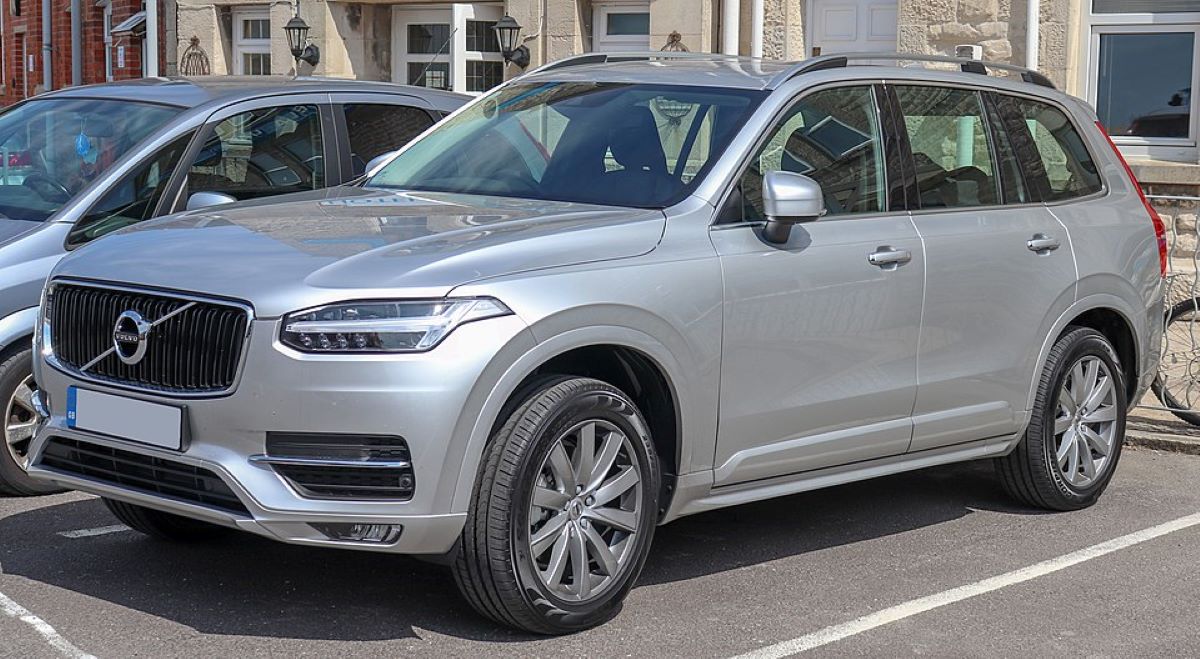
Air suspension systems, standard on many XC90 models, require comprehensive maintenance attention, including air spring replacement between 80,000-120,000 miles at costs exceeding $1,000 per corner.
The sophisticated Four-C adaptive damping system incorporates electronic dampers that may require replacement outside warranty coverage, with individual units costing $800-1,200 each. Even conventional suspension models utilize numerous bushings and components requiring frequent inspection due to the vehicle’s substantial weight and luxury positioning.
The XC90’s extensive electronic systems create ongoing maintenance demands that extend beyond traditional mechanical components. The Sensus infotainment system requires periodic software updates that can only be performed at Volvo dealerships, while the numerous driver assistance systems require regular calibration and diagnostic attention.
The panoramic sunroof system demands frequent drain cleaning and seal maintenance to prevent water intrusion issues common to this design. Climate control systems incorporate multiple zones and advanced filtration, requiring specialized components and frequent attention.
These factors combine to create a maintenance schedule that demands regular dealer visits and substantial financial investment, making the XC90 significantly more expensive to maintain than mainstream alternatives throughout its ownership lifecycle.
Also Read: 5 Cars With Night-Vision Features vs 5 With Poor Low-Light Performance

